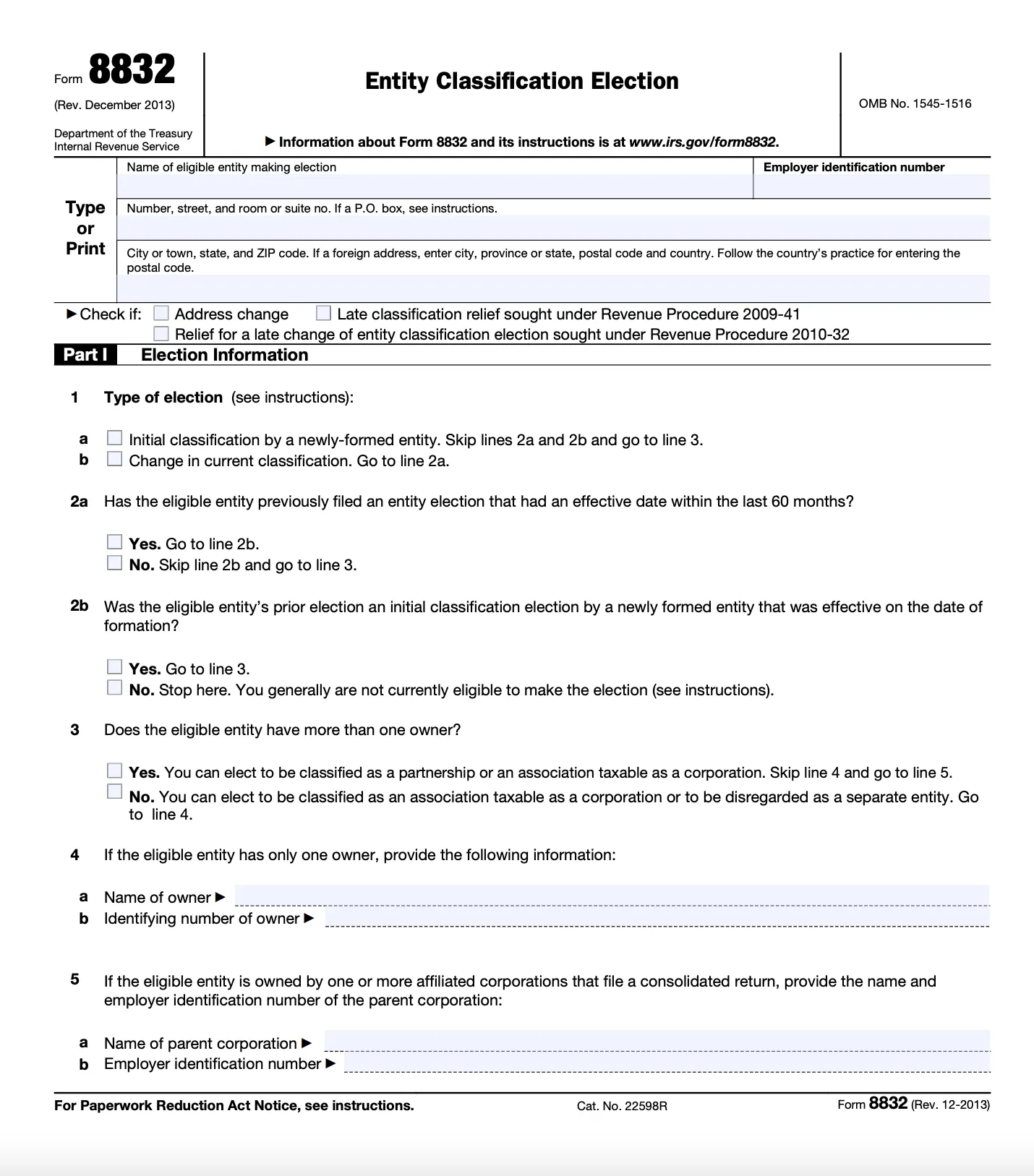Table of contents
Please note that the information contained in this article is limited in scope and is only intended as a high-level overview of the topics discussed. The information is current as of the publication date only, and the laws (and associated agency and/or judicial interpretations) on the topics discussed could change at any point in the future. Block, Inc. (including its affiliates, subsidiaries, employees, officers, directors, attorneys, and tax advisors) undertakes no obligation to update this article for future changes in the law. In addition, laws vary by jurisdiction, and this article does not attempt to address all jurisdictions – for example, states, counties, or cities often have requirements that differ from federal law. Nothing in this article is or should be used as tax or legal advice. In particular, this article cannot be relied upon for the purposes of avoiding taxes, penalties, or other obligations under applicable law. For guidance or advice specific to your business, you should consult with a qualified tax and/or legal professional.
As you plan ahead for tax season, you may find that you want to change your approach to business taxes. For example, you (or your accountant) may want to your LLC to be taxed as a C corporation. Rather than creating an entirely new business entity, you can address this scenario with a straightforward IRS form.
Form 8832 is used by an LLC or partnership to pay taxes like a C Corporation. Depending on your business ownership structure and finances, this election can make sense for some companies. Keep reading to learn more about Form 8832 and how to file with the Internal Revenue Service.
What is Form 8832?
Form 8832 is an IRS form used for entity classification elections. If that sounds like a foreign language to you, don’t worry. We will break down the jargon into simple terms any small to midsized business owner can understand. To start your Form 8832 submission, you can download the full form here as a PDF.
When you create a single-member LLC, a multi-member LLC, or a partnership, your business entity taxes are determined by a default set of rules for sole proprietorships or partnerships. However, you can choose to have that business taxed differently. Form 8832 lets you pick between three different tax classifications for your federal business taxes.
Upon submission and approval, your business can file taxes with the same rules as a corporation, partnership, or entity considered as separate from its owner. The election made on Form 8832 can lead to serious tax consequences, so don’t send it in without confirming that it’s correct and in your best interest. When in doubt, consult with a trusted tax professional.
Did you know: Square users can login to get tax forms, including form 1099-K, from the Square Dashboard.
Tax Election Choices on Form 8832
Form 8832 gives you three options when making your tax election. Here’s a breakdown of what each business entity option means:
- A corporation: A corporation is treated as a standalone entity that files its own tax return and pays its own taxes before making distributions to owners. This is the taxation method used for C Corporations (sometimes just called C Corps) by default. If you own stock in large, public companies, those are most likely structured as C Corporations.
- A partnership: With a partnership, the business’s net income is passed on to each owner based on their percentage of ownership in the company. If you and a partner each own half of a company, for example, you would each get 50% of the company’s income or loss passed on to your personal tax return.
- An entity disregarded as separate from its owner: A disregarded entity is treated as the same person as the owner for tax purposes.
Changing the tax method used by your business could have a severe impact on your final tax bill, how you get paid as a business owner and your filing requirements throughout the year.
When to File Form 8832
It’s best to file Form 8832 before the date you plan to switch over to the new taxation method. On page two of the form, you can pick the date when the election is effective. You can even do so after the effective date, though you need to explain why you’re late on the form if you don’t file on time.
The most significant restriction regarding when to file Form 8832 only comes up if you’ve already filed and changed your tax entity election in the past. You’re generally only allowed to file this form once every five years. Aside from that, you can file any time of the year.
Where to File Form 8832:
The IRS form lists two addresses to mail in your form. The location you send the form depends on the state or country your business calls home. Form 8832 is not available for submission through eFile.
Other Tax Election Forms to Know About
Before you rush to hand in Form 8832, make sure you know about Form 2553. This form is used to elect S Corporation taxation for a business. In many situations where someone earns a full-time income from their company, S Corp taxation can save you thousands of dollars per year on taxes.
Optimizing Your Business for Taxes and Liability
Just because you started your company as an LLC or partnership doesn’t mean you can’t get the same tax benefits as a corporation. You may find your way to significant tax savings by considering a different business entity as your business grows that would better suit it.
As always, it’s not a bad idea to work with an accountant or tax attorney who has an understanding of your business and the costs if you make a change. And when it comes time to file your taxes, Square is here to help.
The Square Dashboard comes with important forms for preparing your quarterly estimated taxes and annual tax return. And with Square Banking, all of your payments and cash flow details are available with one convenient, secure login.
![]()












